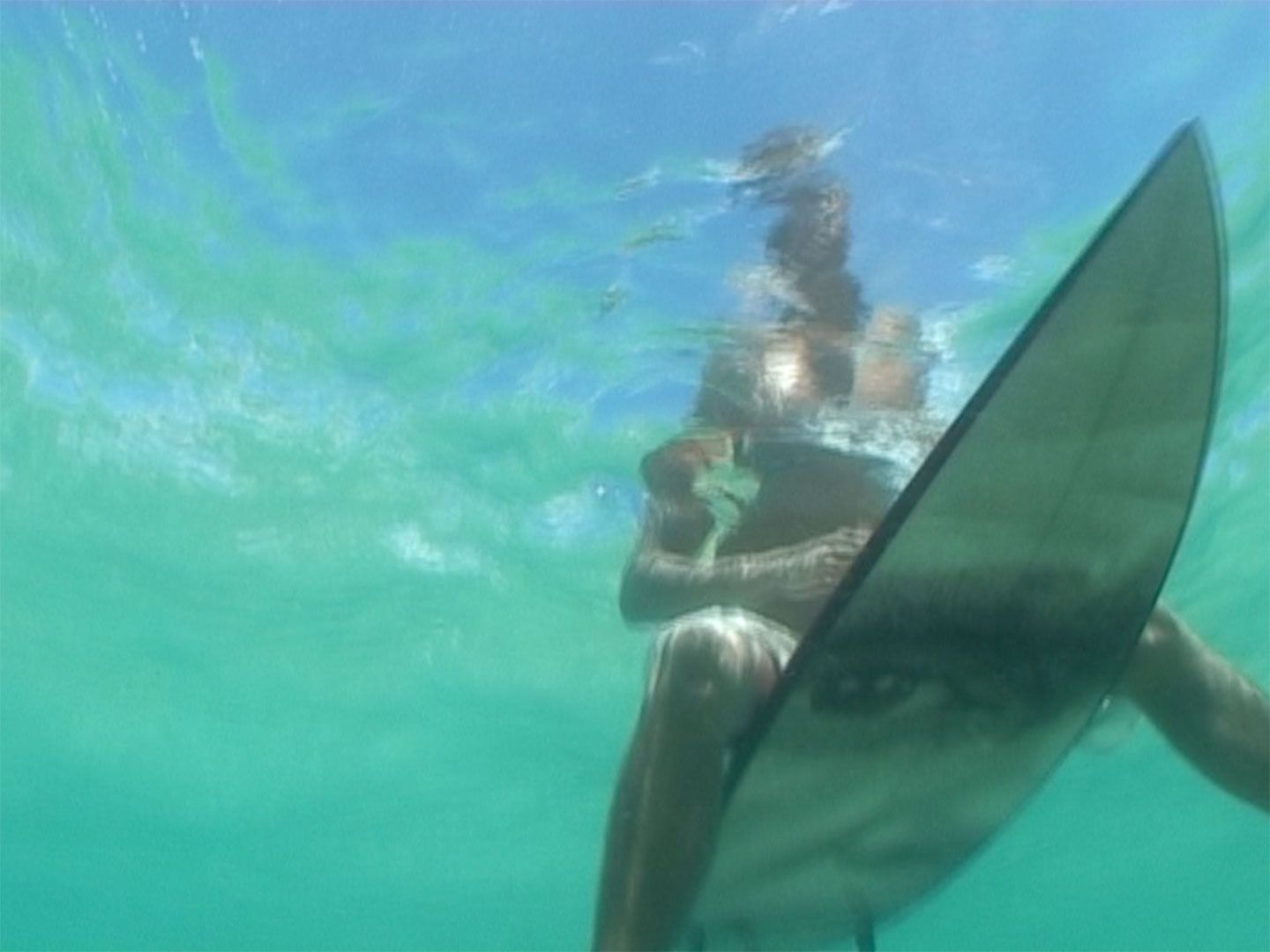Regina Ganter, Mixed Relations: Asian-Aboriginal Contact in North Australia (University of Western Australia Press, 2006).
Michael Taussig, “The Beach (A Fantasy),” Critical Inquiry 26 (Winter 2000): 249–77; 258.
Aileen Moreton-Robinson and Fiona Nicoll, “We Shall Fight Them on the Beaches: Protesting Cultures of White Possession,” Journal of Australian Studies 30, no. 89 (December 2007): 151–62.
Judith Butler, Bodies That Matter: On the Discursive Limits of “Sex” (Routledge, 1993).
Richard Dyer, White (Routledge, 1997).
Keith Vincent Smith, “Voices on the Beach,” in Lines in the Sand: Botany Bay Stories from 1770, ed. Ace Bourke (Hazelhurst Regional Gallery and Arts Centre, 2008), 13–22; 13.
Aileen Moreton-Robinson, “White Possession: The Legacy of Cook’s Choice,” in Imagined Australia: Reflections Around the Reciprocal Construction of Identity Between Australia and Europe (Peter Lang, 2009).
Butler, Bodies That Matter.
Damien Riggs and Martha Augoustinos, “The Psychic Life of Colonial Power: Racialised Subjectivities, Bodies, and Methods,” Journal of Community and Applied Social Psychology 15, no. 6 (2005): 461–77; 471.
Caroline Ford, “Gazing, Strolling, Falling in Love: Culture and Nature on the Beach in Nineteenth Century Sydney,” History Australia 3, no. 1 (2006): 8.1–8.14; 8.3.
Ibid., 8.2.
Cameron White, “Representing the Nation: Australian Masculinity on the Beach at Cronulla,” in Everyday Multiculturalism, Conference Proceedings, Macquarie University, September 28–29, 2006 (Centre for Research on Social Inclusion, Macquarie University, 2007), 2.
H. C. Coombs, Aboriginal Autonomy: Issues and Strategies (Cambridge University Press, 1994), 71.
Douglas Booth, “Ambiguities in Pleasure and Discipline: The Development of Competitive Surfing,” Journal of Sport History 22, no. 3 (Fall 1995): 189–206; 190.
Sara Ahmed, Differences That Matter: Feminist Theory and Postmodernism (Cambridge University Press, 1998), 116.
Farid Farid, “Terror at the Beach: Arab Bodies and the Somatic Violence of White Cartographic Anxiety in Australia and Palestine/Israel,” Social Semiotics 19, no. 1 (2009): 59–78; 66.
“Yamba Call to Oars,” Daily Examiner, January 16, 2010.
Fiona Nicoll, From Diggers to Drag Queens: Reconfigurations of National Identity (Pluto Press, 2001).
White, “Representing the Nation,” 5.
Ibid., 6.
Booth, “Ambiguities in Pleasure and Discipline,” 190.
Ibid.
I. Helekunihi Walker, “Terrorism or Native Protest? The Hui ‘O He’e Nalu and Hawaiian Resistance to Colonialism,” Pacific Historical Review 74, no. 4 (2005): 575–601; 576.
See →.
Aileen Moreton-Robinson, Talkin’ Up to the White Woman: Indigenous Women and Feminism (University of Queensland Press, 2000).
Aileen Moreton-Robinson, “The House That Jack Built: Britishness and White Possession,” ACRAWSA e-journal 1 (2005).
Sue Ebury, Weary: The Life of Sir Edward Dunlop (Penguin Books, 1994).
Nicoll, From Diggers to Drag Queens, 29.
Moreton-Robinson, “The House That Jack Built.”
The Weekend Australian, February 26–27, 2005, 19.
Moreton-Robinson and Nicoll, “We Shall Fight Them on the Beaches.”
Cheryl Harris, “Whiteness as Property (1993),” in Black on White: Black Writers on What It Means to Be White, ed. David Roediger (Shocken Books, 1998).
Moreton-Robinson and Nicoll, “We Shall Fight Them on the Beaches.”
Reprinted with permission from Aileen Moreton-Robinson, The White Possessive: Property, Power, and Indigenous Sovereignty (University of Minnesota Press, 2015).
